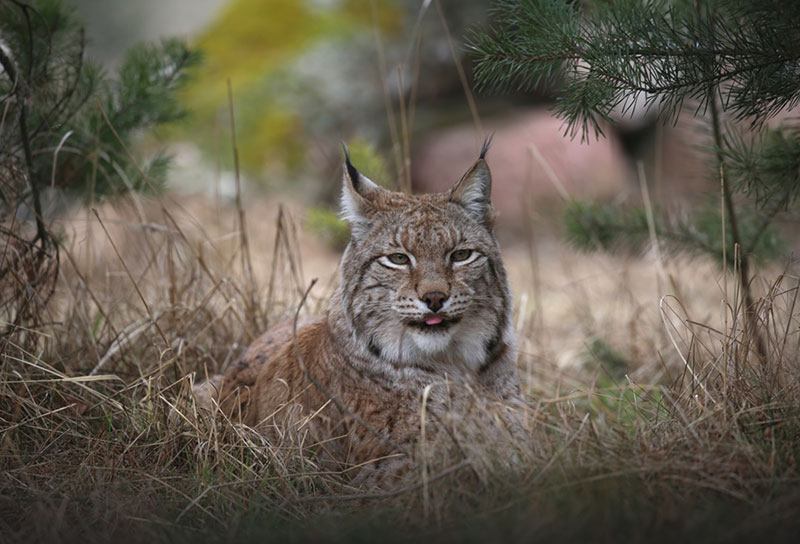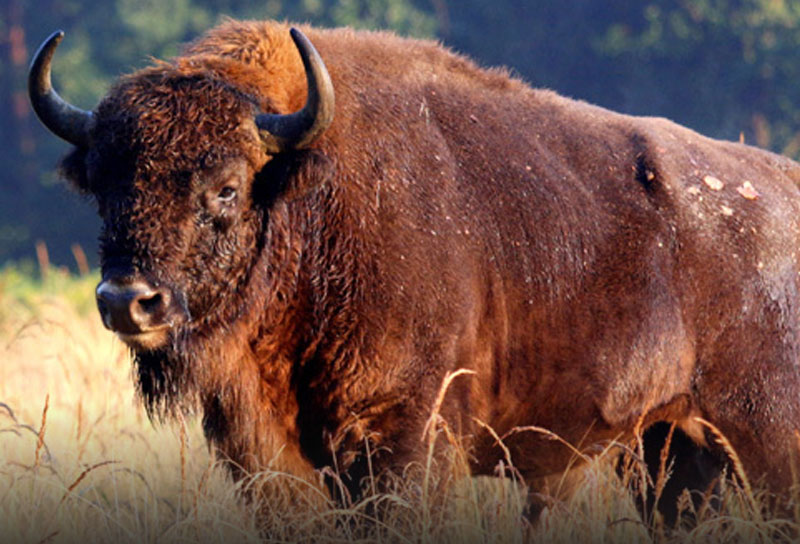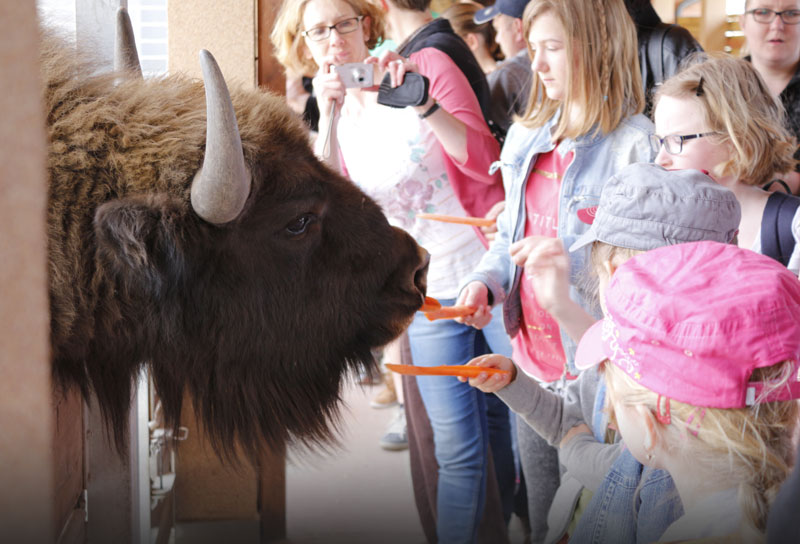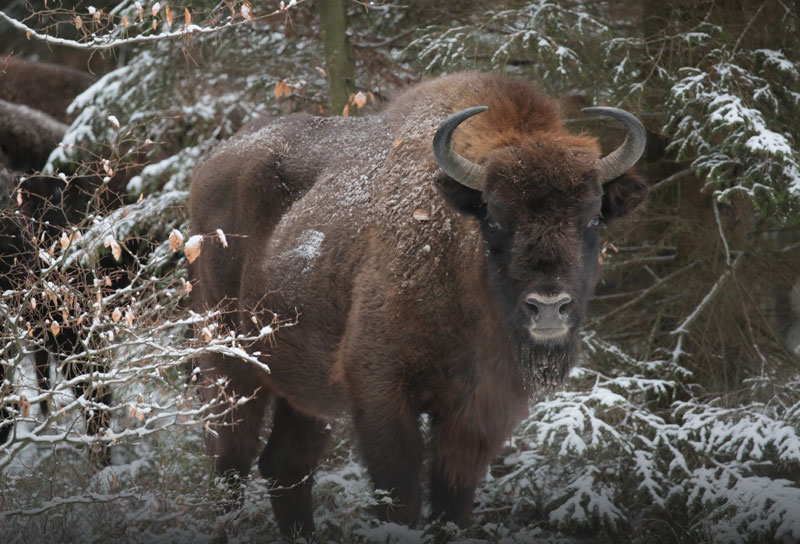We emphasize many times how important is monotoring of lynx, especially in the first period after release. Usually, such an individual learns the area and adapts to new conditions. So far, we can boast that we have released 60 lynxes (as at the end of June), and the mortality rate among them was about 25% (during the 5 years of the project's operation). Observations in the field are often very difficult, if not for the collars, it would be difficult to find such a lynx, especially since they like very densely overgrown places full of nettles, thistles and blackberries (which is positive from the animal's point of view). We present a gallery of photos from the "jungle" that lynx like to visit (in the order: Luna, Pandora, Nagan, Asian, C-360, View, observations 2021, May, June).


Wskazany wpis nie istnieje
Lista wpisów
Newborn

09.06.2021
We are very pleased to inform you about the first, confirmed litter, born this year. The observations show that the lynx has at least one kitten. Good luck to the lynx family!
In visits to Rózia

20.04.2021
Rózia came to the Wild Farm in Jabłonowo at the end of 2015. She came to us from the zoo in Zamość. One of the assumptions we made in the project was to obtain lynxes, inter alia, through the reproduction of individuals. As it turned out later, it is much more difficult to breed a lynx in captivity than in the wild.
Rumcajs

15.03.2021
Scabies are common among predators. Infection with this parasite occurs when an animal comes into contact with another sick animal. The disease is troublesome, because scabies "diggin" in the skin, which causes an irresistible feeling of itching (when the invasion intensifies, the pet is unable to eat anything or move, but is busy scratching more and more itchy areas on the skin, which weakens it) condition, which can lead to slow death). Our lynxes are also not free from this parasite.
In snow

15.01.2021
We present photos of a young, about 2-year-old female, released from the acclimatization enclosure last summer. If not for the VHF transmitter in the collar, we would not have found it! During the meeting, we noticed that she was guarding her prey, so we took pictures as quickly as possible and did not bother her anymore. Thanks to this, we know that she can get food and is in very good condition, we keep our fingers crossed for her! We present the results of our meeting (the photos were taken with a very close-up lens).












